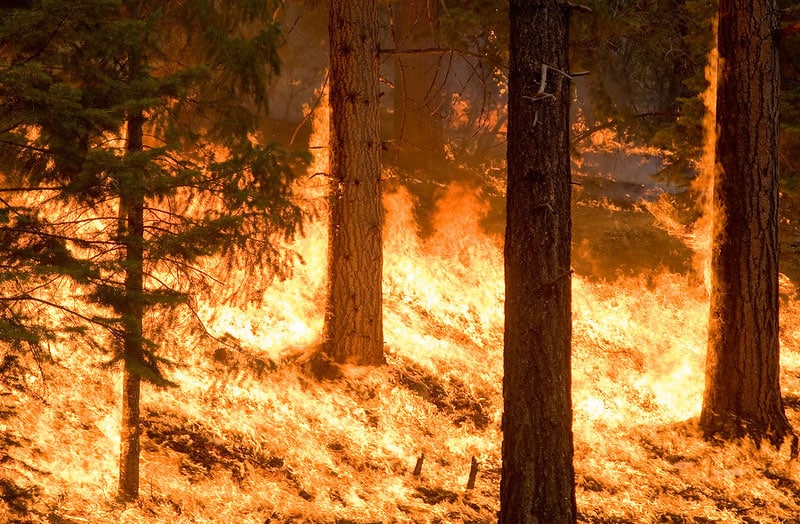Save Red Rock Partners with DRI to “Make it Rain” in Red Rock Canyon
Save Red Rock is partnering with DRI to fund a cloud seeding program which will augment precipitation in the Spring Mountains, helping to replenish the aquifers within the Red Rock Canyon National Conservation Area.

